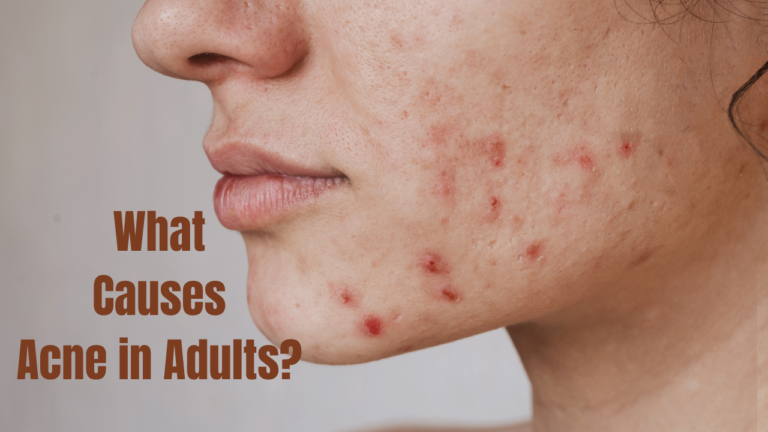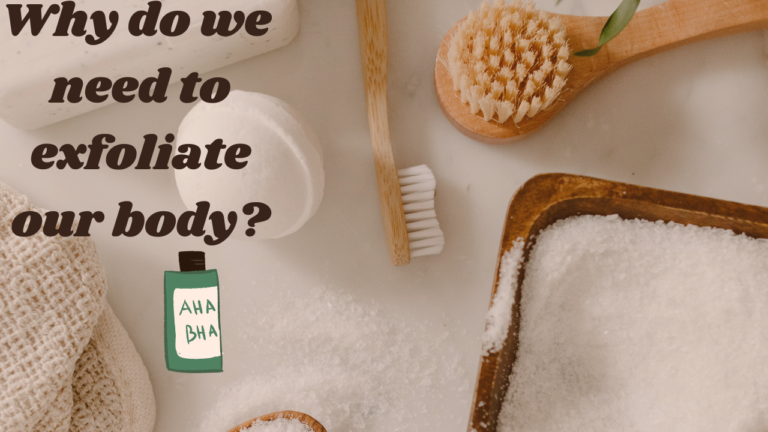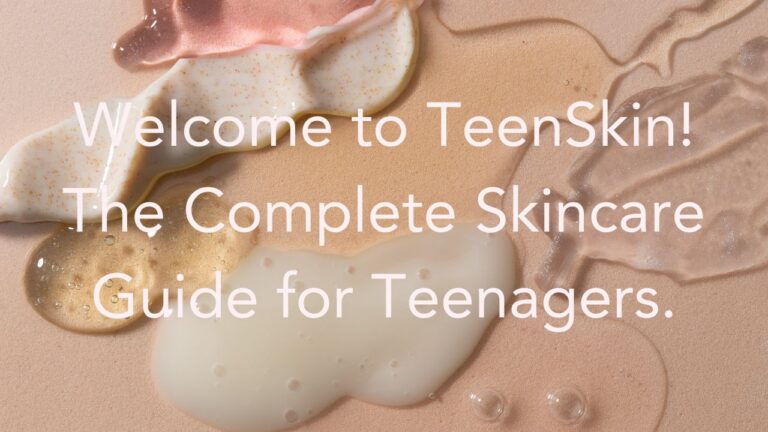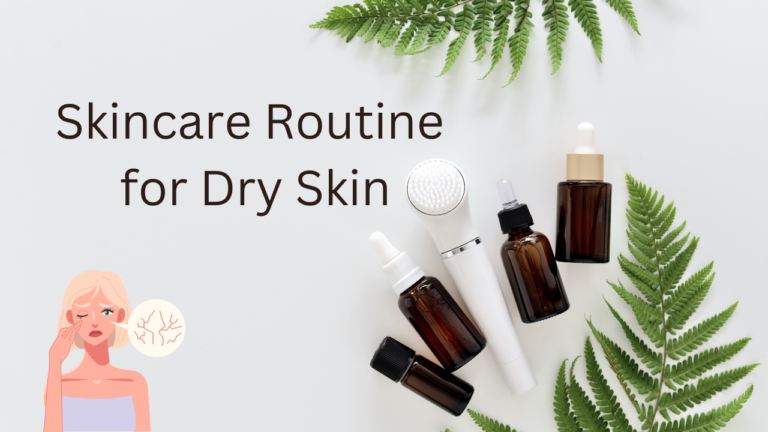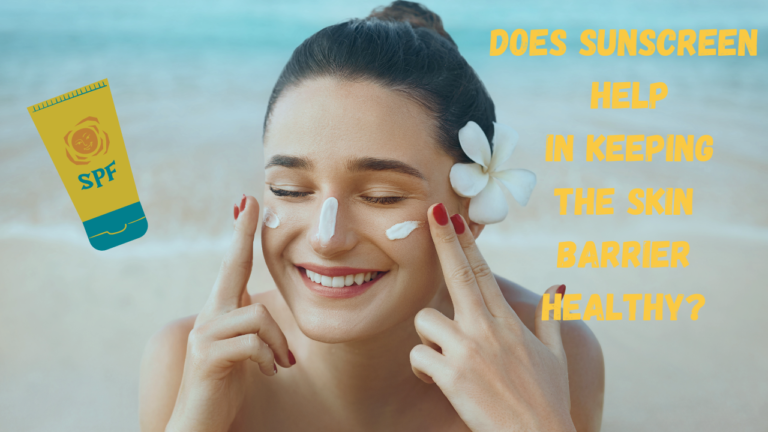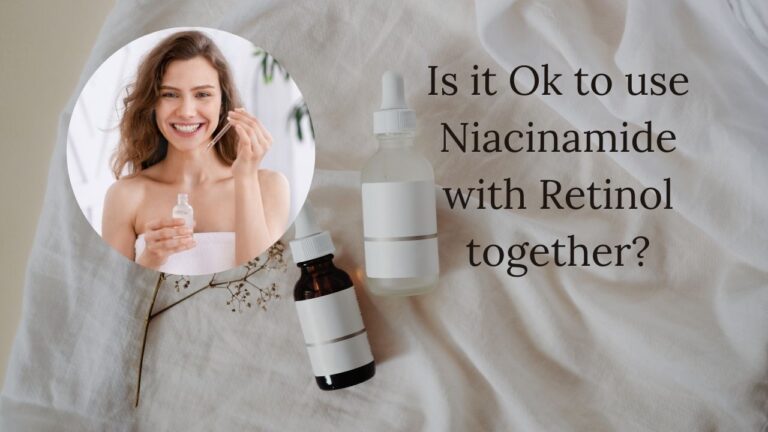Skincare Routine For Oily Skin
Oily skin is a prevalent issue and can be difficult to manage when most products only seem to worsen it. But with the right skincare routine, you can reduce the grease, shrink pores, and even out your complexion bringing out your skin’s inner glow.
This article will dive into the most basic but effective skincare routine For oily skin not just for your face but also body. It will help make you glow without looking greasy and like you just exercised for hours.
What is oily skin?
Oily skin is a skin type that is identified by an overproduction of sebum, an oily substance produced by the skin’s sebaceous glands. This leads to issues such as shininess(especially on the T-zone), large pores, blackheads, whiteheads, acne, and an overall greasy feel.
What Causes Oily Skin?
It can be caused by a multitude of factors mainly, genetics, hormonal changes, overactive sebaceous glands, stress, environmental factors, poor skin practices, diet, and medications, and could also be due to some medical conditions. But do remember everyone’s situation is different and it will take some time to determine what the underlying issues with your skin type are.
Morning Skincare Routine for Oily Skin
Step 1: Cleanser
Look for a cleanser that is non-comedogenic, gentle, and specially formulated for oily skin. look for ingredients such as salicylic acid, glycolic acid, or beta-hydroxy acids which help exfoliate and unclog pores.
Step 2: Toner
A toner can help you balance the skin’s pH, remove any remaining dirt, and also prepare your skin for further products allowing them to penetrate the skin better. Look for ingredients such as tea tree oil, rosewater, or salicylic acid, and avoid products with alcohol as it can dry out the skin and encourage more oil production.
Step 3: Essence/Serum
An essence or serum is a concentrated product that contains active ingredients and targets specific skin issues such as hyperpigmentation, acne, etc. While they don’t need to include ingredients such as salicylic acid, glycolic acid, or niacinamide, it can be a plus. Make sure they don’t include heavy oils that worsen oil production.
Step 4: Moisturizer
Yes. Even oily skin needs to be moisturized! Moisturizer helps hydrate the skin, reduces the appearance of fine lines and wrinkles, and also soothes and calms the skin. Look for moisturizers that are lightweight, oil-free, and water-based. Avoid heavy and rich creams.
Step 5: Sunscreen
Sunscreen is important no matter what type of skin type you have. Again look for oil-free and lightweight sunscreen preferably water-based. Avoid chemical sunscreens and opt for physical sunscreens that sit on the skin.

Nighttime Skincare Routine for Oily Skin
step 1: Remove Makeup and Cleanse
Use a gentle makeup remover opting for products like micellar water rather than cleansing balms or oil cleansers. Follow it up with your daily cleanser. There is no need for a separate cleanser for your nighttime routine and is better to use the same cleanser for both routines.
Step 2: exfoliate (optional)
Exfoliate once or twice a week(depending on the sensitivity and tolerance of your skin), using a chemical exfoliant containing either AHA’s or BHA’s or physical exfoliants containing salt or sugar which all help remove dead skin cells without being too harsh.
Step 3: Toner
Again using a toner can be a way to soothe the skin after exfoliation and help the skin better absorb the following products.
Step 4: Essence/Serum
Use serums and essences that target your skin concerns; those that can’t be used in the morning or are not compatible with the ones used in your morning skincare routine.
Step 5: Moisturizer
Applying a moisturizer can help seal in all the other ingredients helping them be more effective as well as hydrating the skin. Be sure to use a lightweight and non-greasy moisturizer. Again using the same moisturizer as the one used in your morning routine is better so find one that is perfectly suitable for your skin.
Step 6: Eye Cream
If you have concerns regarding the skin around the eyes then eye creams are the perfect way to target this. Look for one that is lightweight and oil-free to avoid clogging your pores.
Skincare Routine for the Body
Step 1: Exfoliate
When it comes to exfoliators, look for ones that chemically or physically exfoliate the skin without being too harsh and stripping. Look for ingredients such as glycolic acid, lactic acid, salicylic acid, and tea tree oil.
Step 2: Cleanse
When cleansing use a body wash that is formulated for oily skin. Ingredients such as salicylic acid, glycolic acid, and tea tree oil are a big plus; avoid body washes that contain heavy or rich ingredients. Use warm or cold water as hot water can strip the skin of its natural oils promoting more oil production.
Step 3: Moisturize
Use a lightweight and non-greasy moisturizer, applying it to damp skin and paying special attention to areas like the elbows, knees, and heels which tend to be the drier areas. Again avoid heavy or rich formulas.
What to avoid
- Heavy or rich products: Avoid using heavy or rich moisturizers, creams, or serums that can clog pores and worsen oiliness.
- Oil-based products: Avoid using oil-based products, such as petroleum jelly or mineral oil, as they can clog pores and worsen oiliness.
- Comedogenic ingredients: Avoid products containing comedogenic ingredients like lanolin, isopropyl myristate, or sodium lauryl sulfate, which can clog pores.
- Over-exfoliating: Avoid over-exfoliating, as this can strip the skin of its natural oils and lead to more oil production.
- Tight clothing: Avoid wearing tight clothing that can irritate the skin and cause more oil production.
- Processed foods: Avoid consuming processed foods high in sugar, dairy, and refined carbohydrates, which can trigger inflammation and lead to oilier skin.
- Not removing makeup: Not removing makeup properly can clog pores and lead to oiliness.
- Not using sunscreen: Not using sunscreen can lead to skin damage and increase oil production.
- Using hot water: Using hot water can strip the skin of its natural oils, leading to more oil production.
- Stressing: High-stress levels can lead to inflammation and increase oil production.
Key Ingredients
- Salicylic Acid: Exfoliates and unclogs pores, reducing oil production.
- Tea Tree Oil: Natural antiseptic and antifungal properties help reduce acne and inflammation.
- Glycolic Acid: Exfoliates and brightens the skin, reducing oil production.
- Hyaluronic Acid: Hydrates the skin without clogging pores, balancing oil production.
- Niacinamide: Improves skin elasticity, reduces inflammation, and regulates oil production.
- Zinc: Reduces oil production, inflammation, and acne.
- Clay: Absorbs excess oil and purifies the skin.
- Charcoal: Absorbs excess oil and impurities, purifying the skin.
- Lactic Acid: Exfoliates and hydrates the skin, reducing oil production.
- Beta-Hydroxy Acids (BHAs): Exfoliates and unclogs pores, reducing oil production.
Tips for Oily Skin
- Use a clay-based mask once or twice a week to help control oil.
- Use blotting sheets throughout the day to keep the shine under control.
- Get enough sleep to help regulate the skin’s natural oil production.
- Staying hydrated can flush toxins out of your body and reduce oil production.
- Keep your hair clean as the oil can transfer onto your screen disturbing the skin, and could lead to more oil production.
Is Vitamin C good for oily Skin?
Yes. Vitamin C reduces inflammation, minimizes the appearance of pores, and helps regulate oil production among many more benefits; it can be very beneficial for oily skin.
What skincare to avoid for oily skincare?
Avoid occlusive ingredients, silicone-based products, alcohol as well as any heavy or rich ingredients. Opt for skincare that is lightweight and mostly water-based.
How to remove oily skin naturally?
Although it is impossible to altogether get rid of your skin type, there are ways to reduce oil production. By taking care of your diet, staying hydrated, getting enough sleep, exfoliating, using oil-free products, and many more ways you can limit the amount of sebum being produced. You can also choose to consult a dermatologist to get to the root cause and get help in targeting it more effectively.


